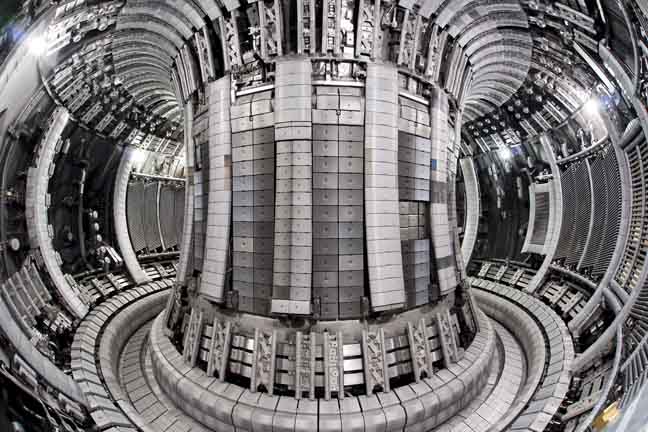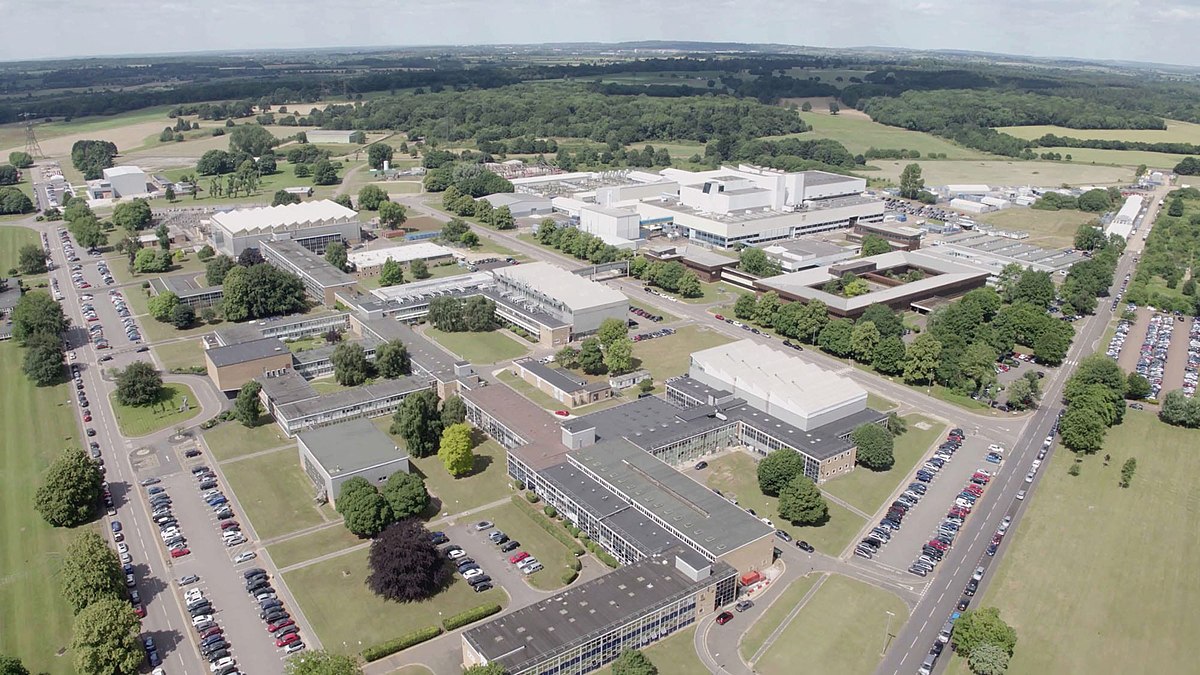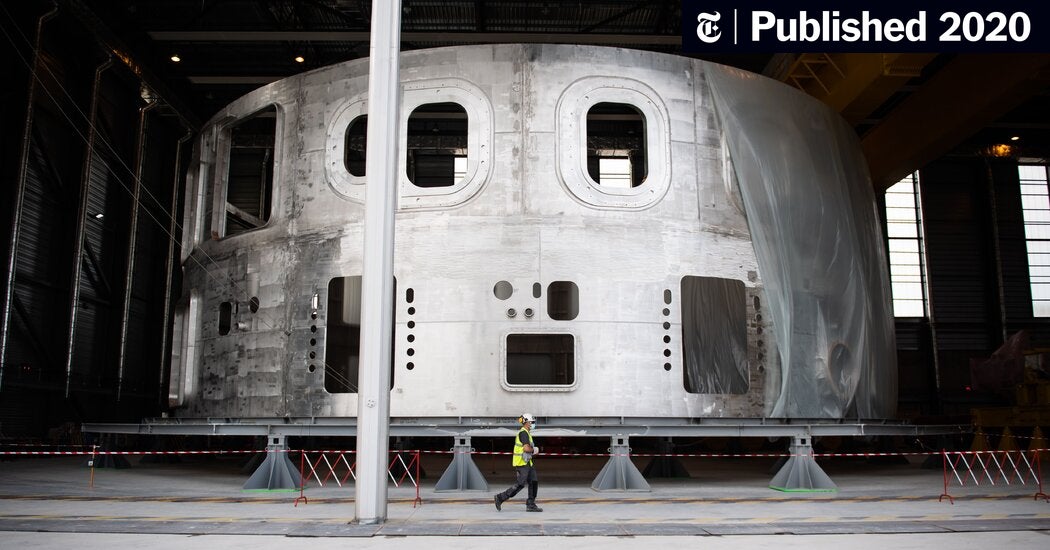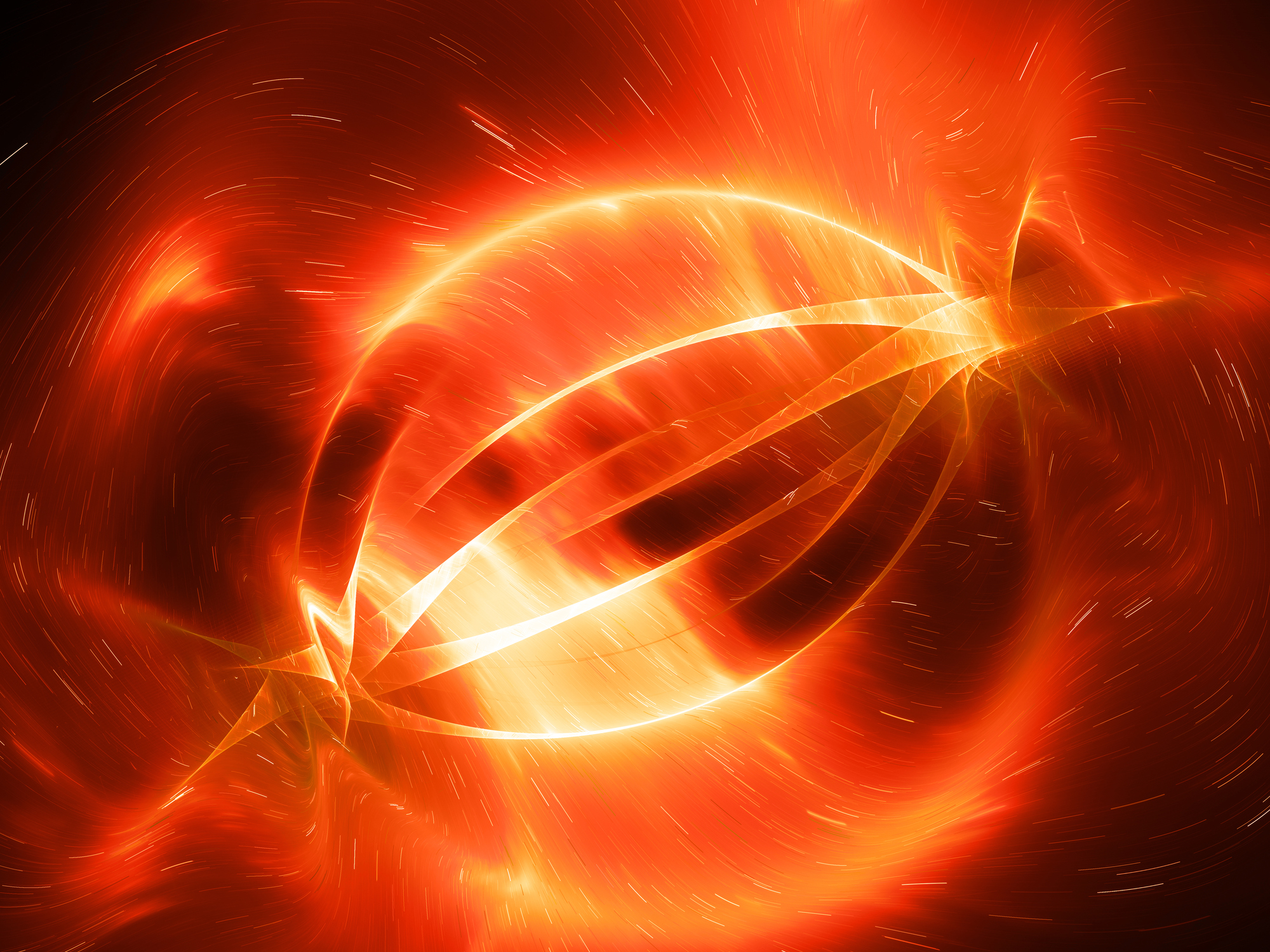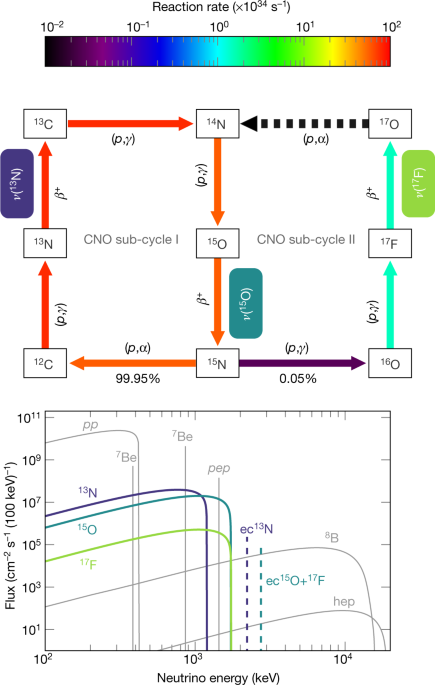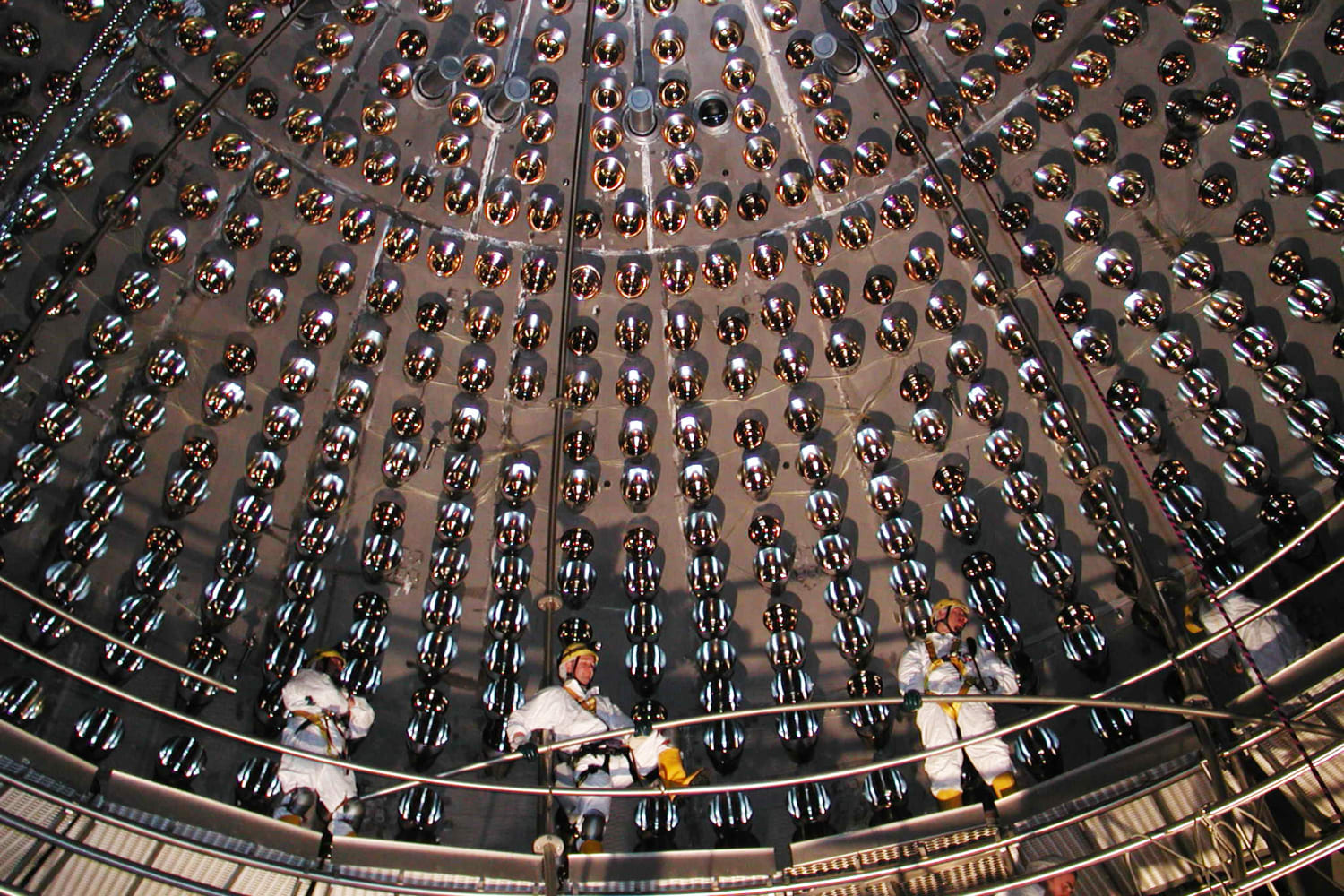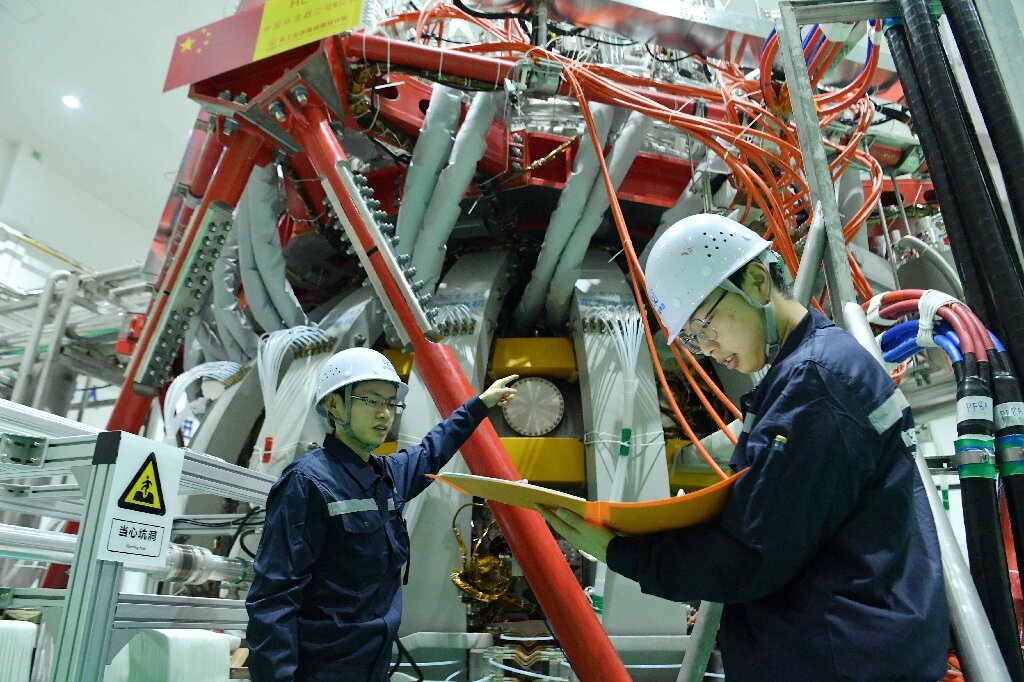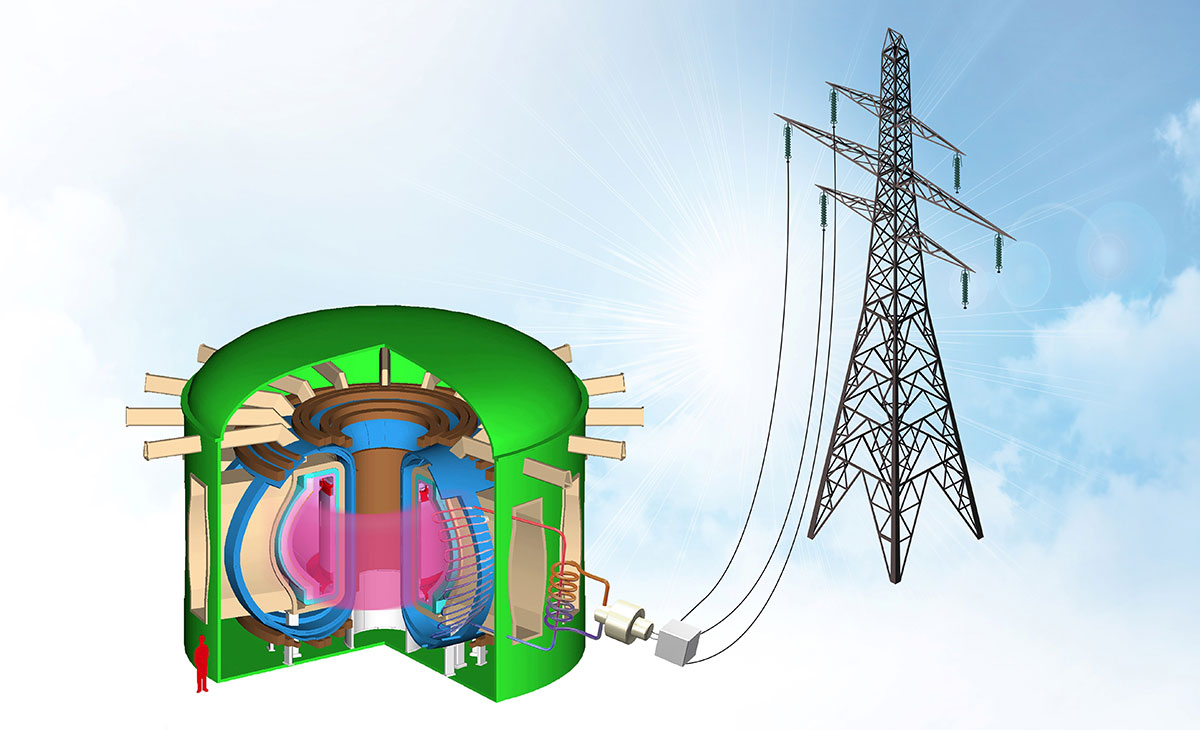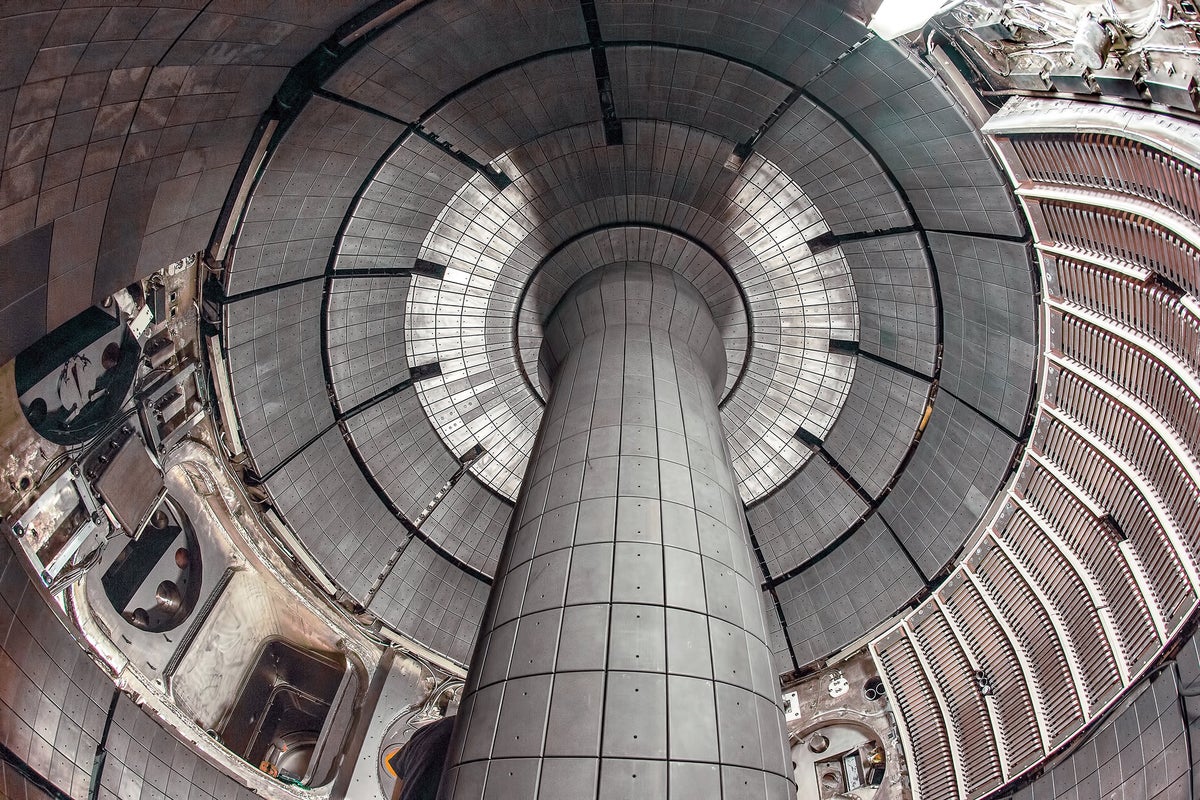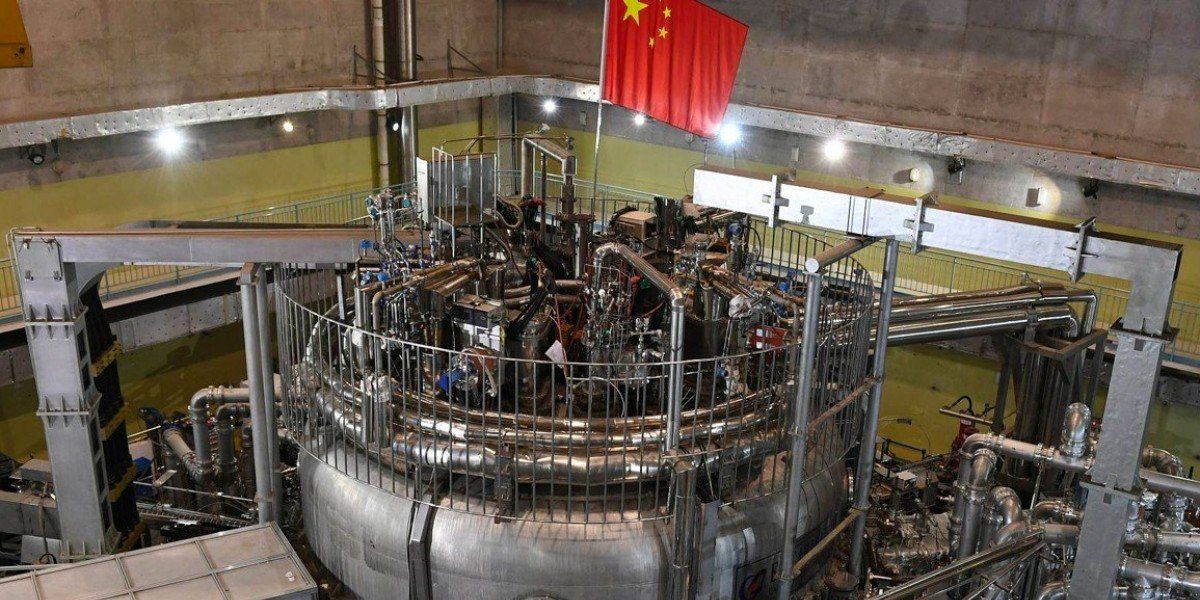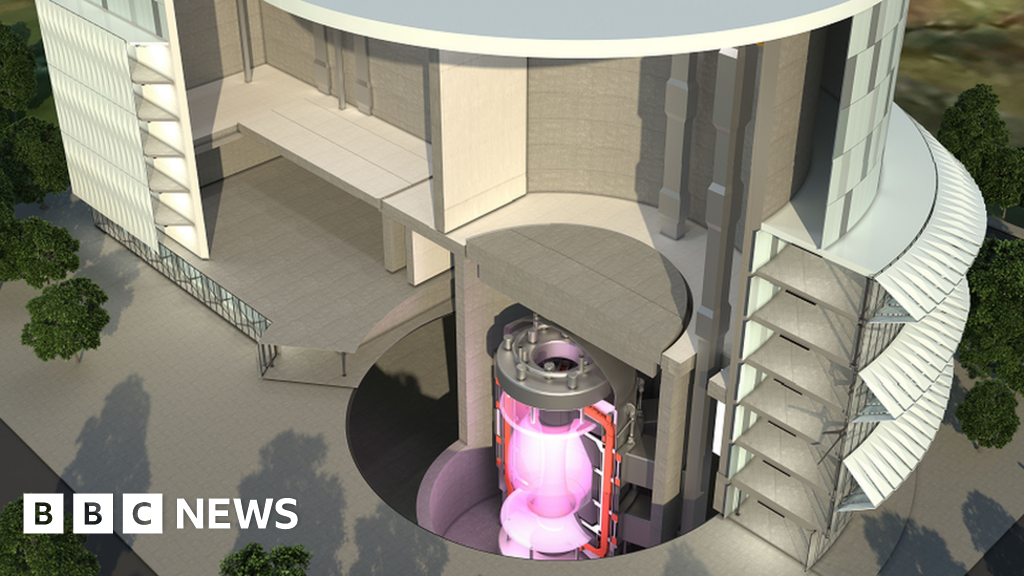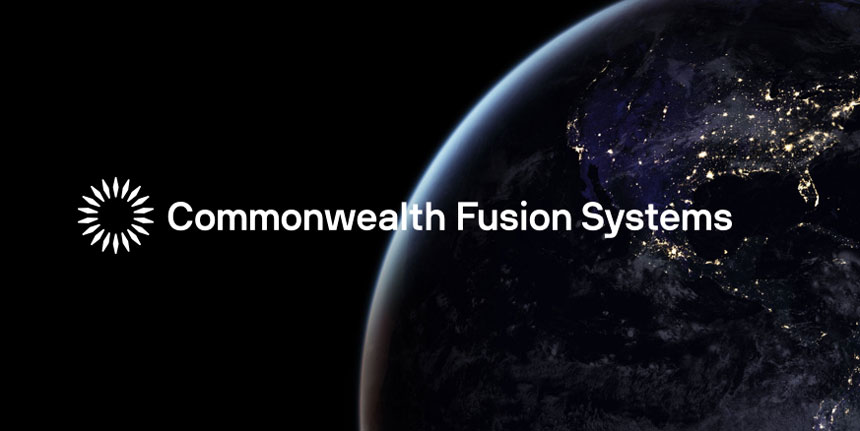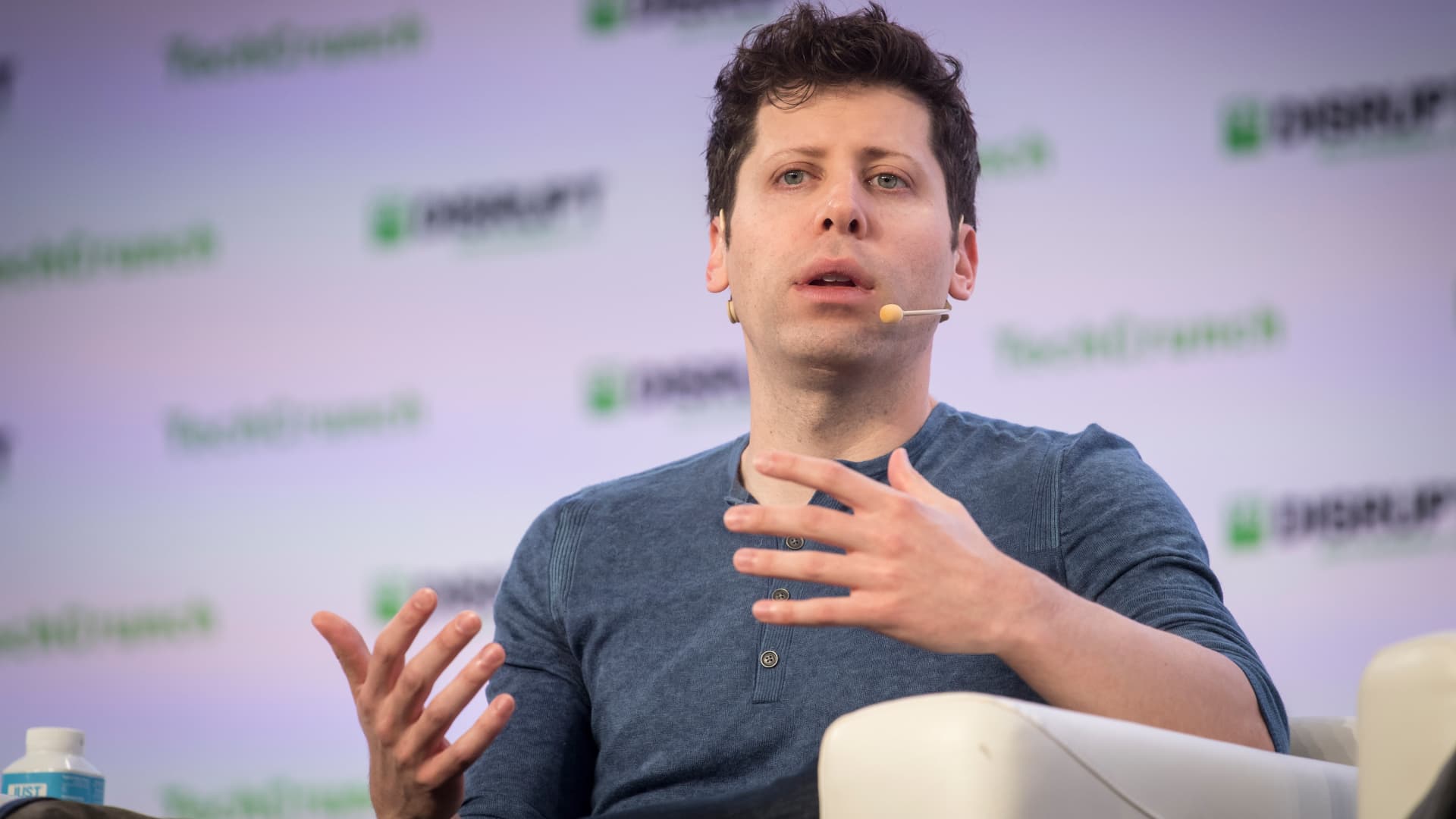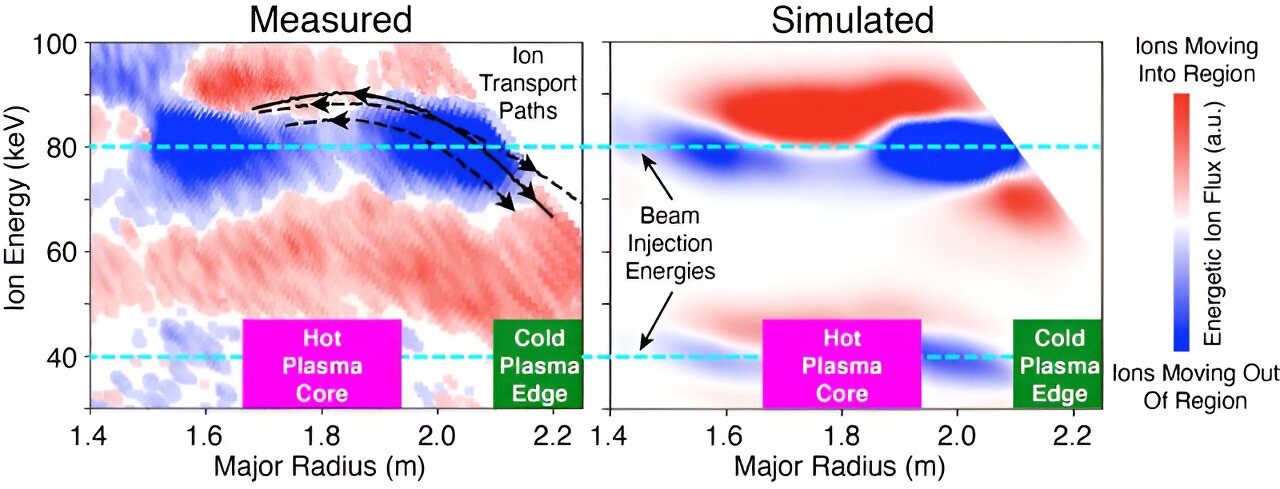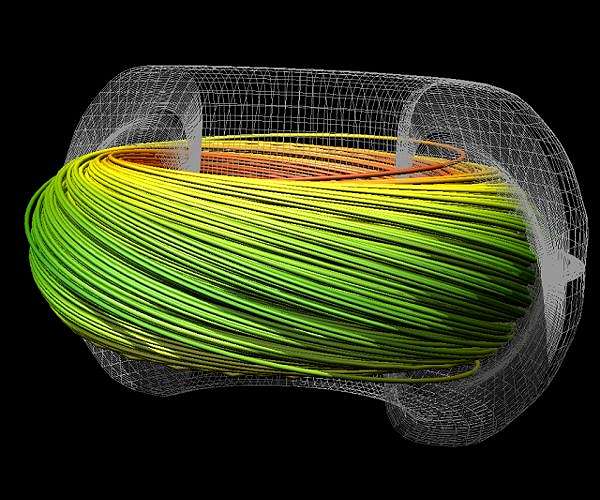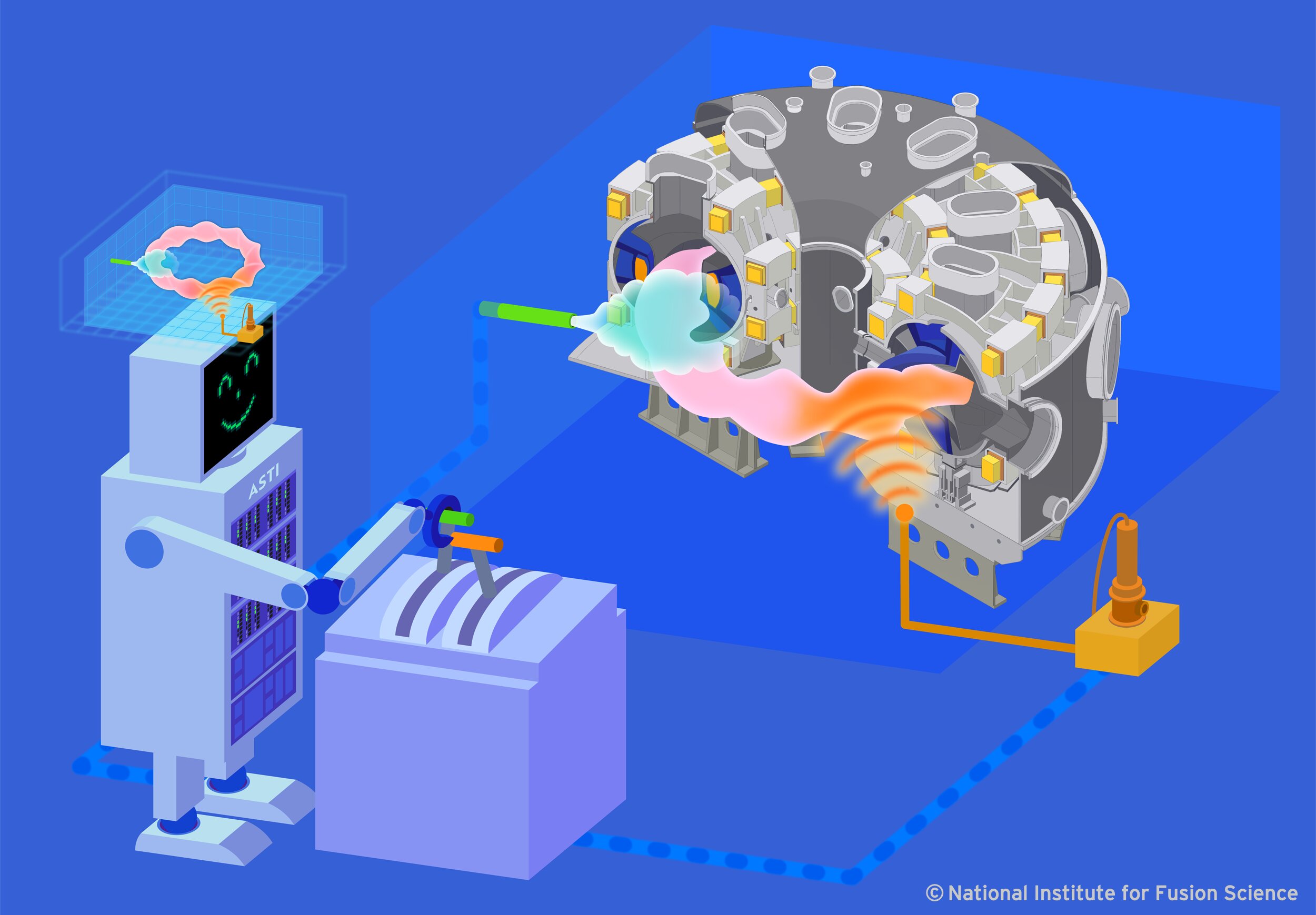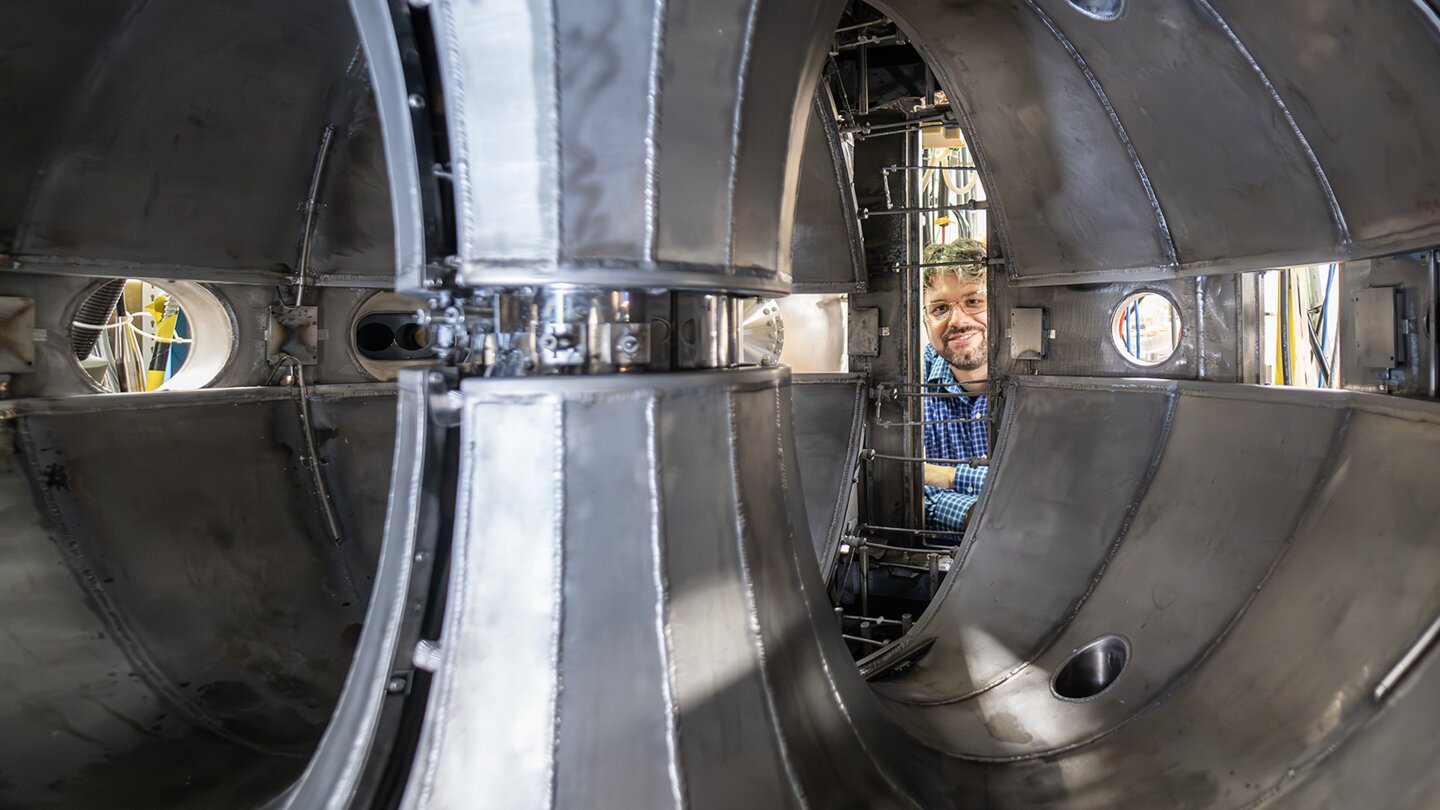- Joined
- 21 January 2015
- Messages
- 12,150
- Reaction score
- 16,351
AI will help solve problems with nuclear fusion or so at least the US Federal government seems to believe.
 www.energy.gov
www.energy.gov
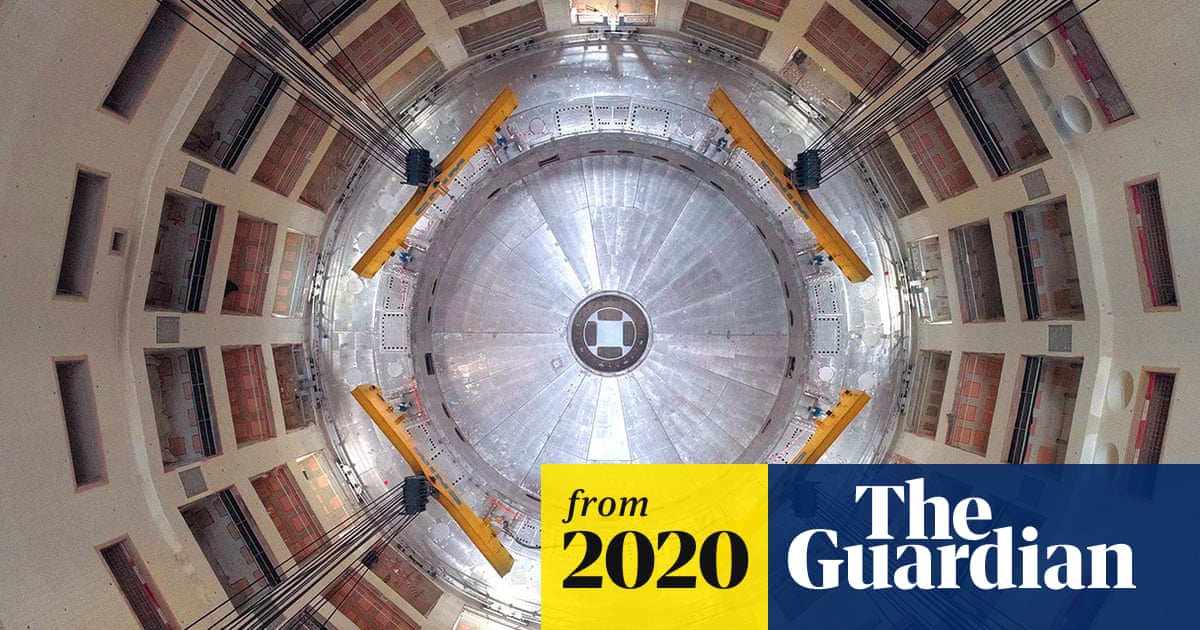
 www.theguardian.com
www.theguardian.com
And on a different tack.
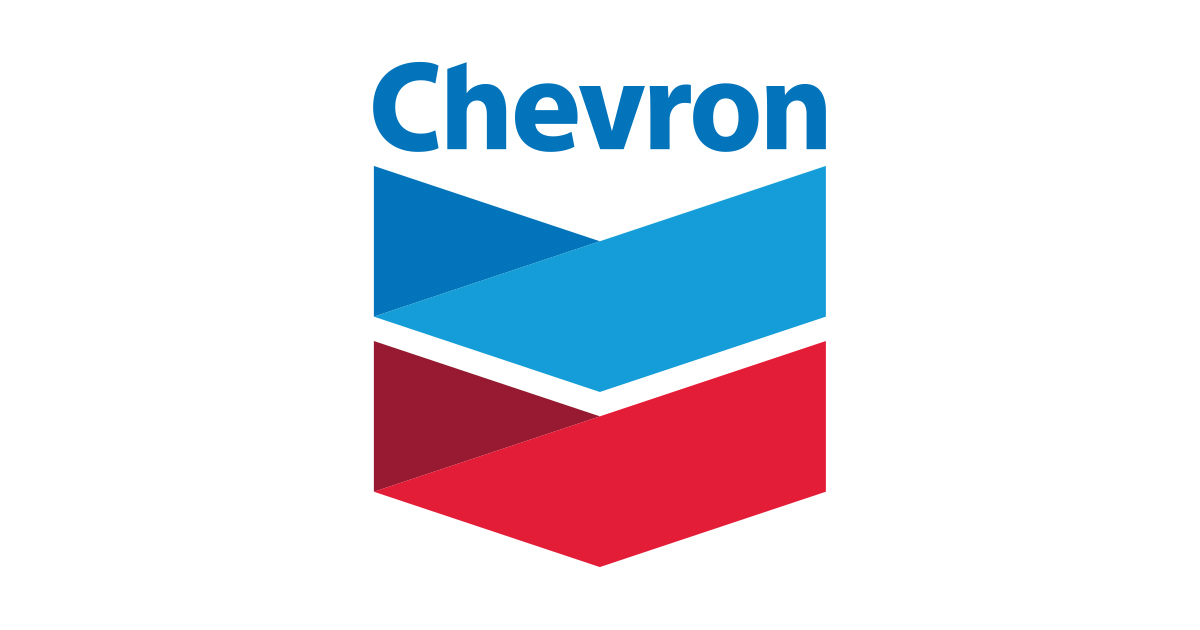
 www.chevron.com
www.chevron.com
Department of Energy to Provide $21 Million for Artificial Intelligence and Machine Learning Research on Fusion Energy
Today, DOE announced a plan to provide up to $21 million to support research in artificial intelligence and machine learning for fusion energy.
The world’s largest nuclear fusion project began its five-year assembly phase on Tuesday in southern France, with the first ultra-hot plasma expected to be generated in late 2025.
The €20bn (£18.2bn) Iter project will replicate the reactions that power the sun and is intended to demonstrate fusion power can be generated on a commercial scale. Nuclear fusion promises clean, unlimited power but, despite 60 years of research, it has yet to overcome the technical challenges of harnessing such extreme amounts of energy.

World’s largest nuclear fusion project begins assembly in France
Project aims to show that clean fusion power can be generated at commercial scale
And on a different tack.

Chevron Invests in Nuclear Fusion Start-up
Chevron Corporation (NYSE: CVX) today announced a Series A investment in Zap Energy Inc., a Seattle-based start-up company developing a next-generation modular nuclear reactor with an innovative approach to advancing cost-effective, flexible, and commercially scalable fusion.

